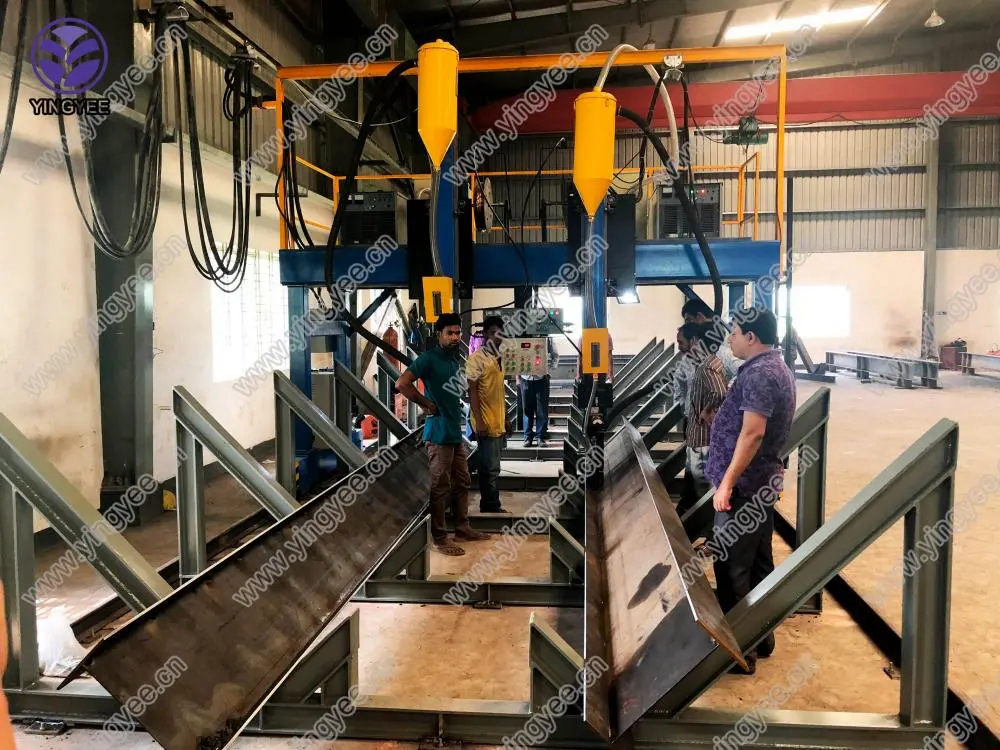
The Evolution and Importance of Welded ERW Tube Mills
In the realm of metalworking, the demand for high-quality steel tubes and pipes has consistently grown over the years, driven by various industries such as construction, automotive, oil and gas, and manufacturing. Among the many manufacturing processes employed, Electric Resistance Welding (ERW) has emerged as a highly efficient and cost-effective method for producing welded tubes. At the heart of this process lies the welded ERW tube mill, a sophisticated piece of equipment that plays a crucial role in modern manufacturing.
Understanding the ERW Process
The ERW process utilizes electric resistance to weld steel strips or coils together, forming tubes or pipes without the need for filler materials. The foundation of this technique lies in heating the edges of the metal section using electric current and then applying pressure to create a strong bond. This process is not only efficient but also environmentally friendly, as it produces minimal waste and reduces the energy required compared to traditional welding methods.
The Components of an ERW Tube Mill
An ERW tube mill consists of several key components that work together seamlessly to produce high-quality welded tubes. These components include - Uncoiler This section unwinds the steel coils, feeding the material into the mill for processing. - Forming Station The uncoiled strip is fed into a series of rollers that shape it into a cylindrical form. - Welding Station This is where the edges of the metal strip are heated and fused together, forming a solid tube through the application of electric resistance. - Cooling Zone After welding, the tube is cooled to maintain its structural integrity. - Sizing Section The welded tube is then resized to meet the specified dimensions and tolerances. - Cut-off Section Finally, the tube is cut to the desired length for packaging and distribution.
Key Benefits of ERW Tube Mills

One of the primary advantages of utilizing an ERW tube mill is the high production speed. The continuous nature of the process allows for the efficient manufacture of large volumes of steel tubes with consistent quality. Additionally, the strength of the weld produced through the ERW process ensures that the final product meets the rigorous demands of various applications without compromising integrity.
Another benefit is the flexibility offered by ERW tube mills. These mills can produce tubes in various sizes, shapes, and thicknesses, allowing manufacturers to cater to specific customer needs. This adaptability is crucial in meeting the diverse demands of industries that rely on steel tubes for their operations.
Applications and Industries
Welded ERW tubes are widely used across numerous industries. In construction, they serve as essential components in structural frameworks, scaffolding, and safety barriers. The automotive industry relies on ERW tubes for exhaust systems, chassis parts, and various supporting structures. Moreover, the oil and gas sector benefits from ERW pipes for transportation of oil, gas, and other fluids due to their strength and resistance to corrosion.
Conclusion
The evolution of welded ERW tube mills has revolutionized the way steel tubes are manufactured, offering an efficient, reliable, and flexible solution to meet the growing market demands. As industries continue to evolve and expand, the importance of advanced manufacturing techniques like ERW will remain pivotal in ensuring that the supply of high-quality steel products not only meets but exceeds expectations. Whether in construction, automotive, or energy, the welded ERW tube mill stands as a testament to the ingenuity of modern engineering and its critical role in shaping our infrastructure and economy.